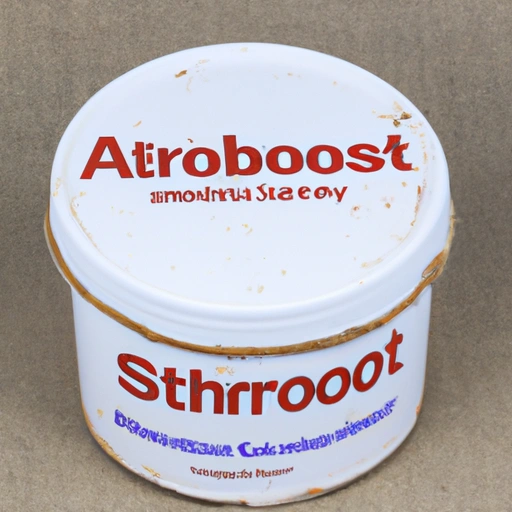Arrowroot Starch
Description

Arrowroot starch, also known as arrowroot flour or powder, is a white, powdery substance derived from the rhizomes of the arrowroot plant, Maranta arundinacea. A trusted thickening agent, it is gluten-free and becomes clear when cooked, making it a preferred choice for use in clear sauces and glazes. It offers a neutral taste and freeze-thaw stability, contributing to its popularity in both sweet and savory dishes.
Common uses
Arrowroot starch is commonly used as a thickening agent in soups, sauces, gravies, and puddings. It's also employed in the making of baked goods, such as cookies and crackers, where it contributes to a light and crisp texture. Additionally, arrowroot powder is a popular ingredient in gluten-free and grain-free cooking, providing an alternative to wheat flour for individuals with gluten sensitivities or celiac disease.
Nutritional value
Calories
Per 1 tablespoon (approximately 8 grams or 0.28 oz), arrowroot starch contains around 30 calories.
Protein
Arrowroot starch offers a negligible amount of protein, with less than 0.1 gram per tablespoon.
Fat
It is virtually fat-free, containing less than 0.1 gram of fat per tablespoon.
Carbohydrates
Most of its caloric content comes from carbohydrates, with about 7 grams per tablespoon.
Vitamins
Arrowroot starch is not a significant source of vitamins.
Minerals
While it contains small amounts of potassium and other minerals, it is not considered a major source of minerals.
Health benefits
Arrowroot starch is easily digestible, making it suitable for sensitive stomachs. It can help soothe digestive ailments and may contribute to maintaining a healthy gut. Being gluten-free, it is a safe and healthful alternative for those with gluten intolerances or allergies.
Potential risks
As a high-carbohydrate food with little protein or fat, arrowroot starch should be consumed in moderation, especially by individuals monitoring their carbohydrate intake. Otherwise, it is considered safe for most people when used as a food ingredient.
Common recipes
Arrowroot starch is often used in fruit pie fillings, jellies, custards, and Asian cuisine. It is an excellent thickening agent for stir-fries and soups, and it can be used to create a glossy finish in sauces and glazes.
Cooking methods
When using arrowroot starch as a thickener, it should be mixed with a cool liquid before being added to hot dishes. It thickens at a lower temperature than flour or cornstarch, so it should be added towards the end of cooking to prevent it from breaking down and losing its thickening properties.
Pairing with other ingredients
Arrowroot starch pairs well with dairy, coconut milk, and fruit-based dishes. It also complements acidic ingredients such as citrus juice or vinegar, without losing its thickening ability.
Summary
Arrowroot starch is a highly versatile, gluten-free thickener that is easy to digest and suitable for a wide range of dietary needs. Its neutral flavor, non-gritty texture, and transparent appearance after cooking make it a valuable ingredient in various culinary applications, from baking to cooking.